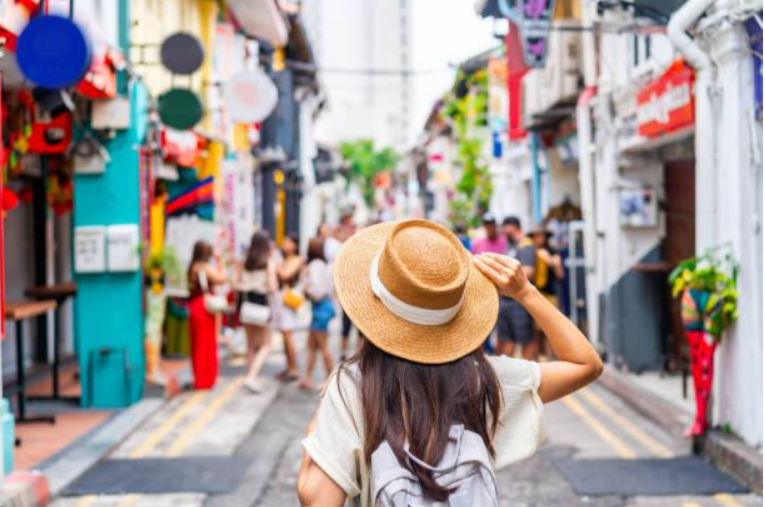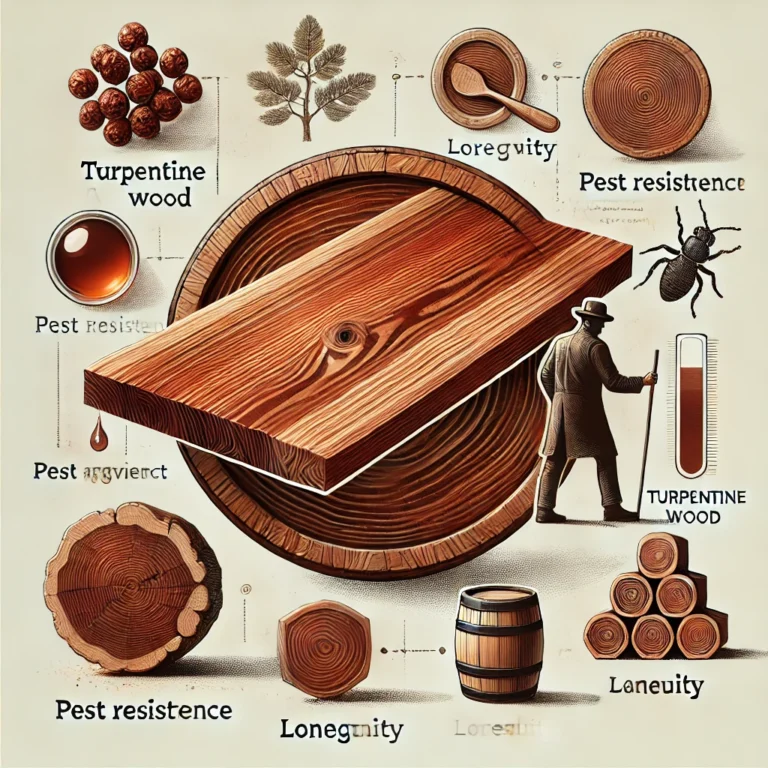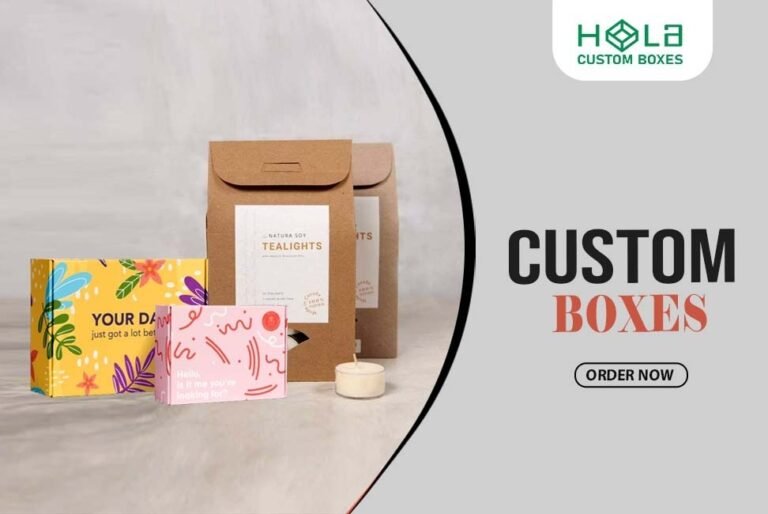Traditional Asian attire reflects identity, culture, and history. They people to their roots and highlights the diversity and beauty of their culture, as seen in the colorful sarees of India and the intricate hanboks of Korea. Whether worn on a regular basis or saved for special occasions, as seen by renowned Pakistani designer Maria B new collection, these clothes now function as symbols of identity. They convey tales of bygone eras, mixed with inventiveness.
India and Pakistan: The Dupattas and Sarees
The rich fabrics, elaborate patterns, and vivid colors of Indian and Pakistani apparel are well known. Worn for thousands of years, the saree is one example of a traditional garment. It is an extended length of cloth, usually six to nine yards, draped in different ways around the body and over the shoulder. Regional variations exist in the fabric, weave, and style of the saree, which epitomize elegance and femininity.
Bengali sarees feature side pleats, while Gujarati sarees are simpler and have the pallu at the front. Rich silk and golden thread Kanjeevaram sarees from South India are thought to be a status symbol and are often worn to festivals and weddings. Beautiful tie-dye patterns that highlight traditional craftsmanship are the hallmark of Gujarati and Rajasthani bandhani sarees. Fashion can be used to express cultural identity as demonstrated by the dupatta, a long scarf worn with traditional Pakistani attire. A woman’s dupatta, regardless of material, reflects her personality and social status. Tasteful shoulder coverings symbolize modesty, grace, and custom.
China: The Elegance of the Cheongsam
The cheongsam or qipao is probably the most stereotypical outfit associated with Chinese traditional attire which has been retained throughout history and culture. Originating from the Qing dynasty, cheongsam evolved in Shanghai during the 1920s. Fitted and modest, the dress has side slits and a high collar, highlighting the female form. Women of high social status wore cheongsams historically as a symbol of elegance and sophistication. It is still a well-liked option for formal gatherings, weddings, and cultural celebrations today. Embroidered onto silk or satin, the dress frequently has elaborate designs such as birds, flowers, and prosperity symbols.
By paying close attention to detail, Chinese craftsmanship is not only exhibited but cultural heritage is also preserved through fashion. The cheongsam is widely modified for casual wear in modern times often with shorter hemlines and modern fabrics. Still, there is a sense of pride and kinship with Chinese tradition associated with its original form. Women who wear cheongsams honor the elegance of their culture, celebrate their heritage, and embrace their femininity.
Japan: The Timelessness of the Kimono
The kimono is a quintessential traditional Japanese garment that showcases Japanese artistry and craftsmanship. The elaborate designs on silk kimonos, which include cranes and cherry blossoms, have symbolic meanings. Weddings, tea ceremonies and festivals are among the formal events when they are worn. Since these clothes are frequently handed down through generations, they hold the memories and tales of previous wearers. The obi, a wide belt around the waist, accentuates the wearer’s grace and poise while also adding visual complexity.
The Japanese society’s values, which emphasize order, tradition and reverence for the natural world, are reflected in the kimono beyond its aesthetic appeal. It takes a great deal of meditation to put on a kimono because every little detail, including the obi knot and color and pattern selection, must be carefully considered.
Korea: The Grace of the Hanbok
The elegant, lively, and graceful design of the hanbok, a traditional Korean dress, is well-known. A jeogori and a chima or baggy baji are included in both the men’s and women’s versions. Korean philosophy’s central yin and yang concepts are reflected in the design of the hanbok. In the past one’s hanbok’s materials and color choices revealed their social standing. Those in lower social classes were limited to simpler materials like cotton and white or other extremely muted colors while royalty and high society utilized royal fabrics like silk in vibrant colors.
In contemporary times it is donned for cultural festivals, nuptials, and noteworthy family gatherings such as a child’s first birthday or a parent’s sixty-first birthday, which are both regarded as noteworthy achievements. Traditional hanboks remain a powerful symbol of Korean identity and pride, despite the emergence of more modern versions.
Conclusion
Throughout Asia regional identities and distinct histories are reflected in traditional clothing. These clothes hold the weight of history, culture, and individual identity; they are more than just articles of clothing. While making adjustments to meet the demands of the present, they honor the artistic merit of historical customs. Whether worn for special occasions or as a connection to one’s cultural roots, traditional dresses remain a vibrant and essential part of Asian heritage.
Brit is a passionate writer with a love for storytelling and exploring the depth of human experience through words. With a keen eye for detail and a thoughtful voice, Brit crafts pieces that resonate with readers and spark meaningful reflection. When not writing, Brit enjoys quiet moments with a good book, long walks, and finding inspiration in everyday life.






